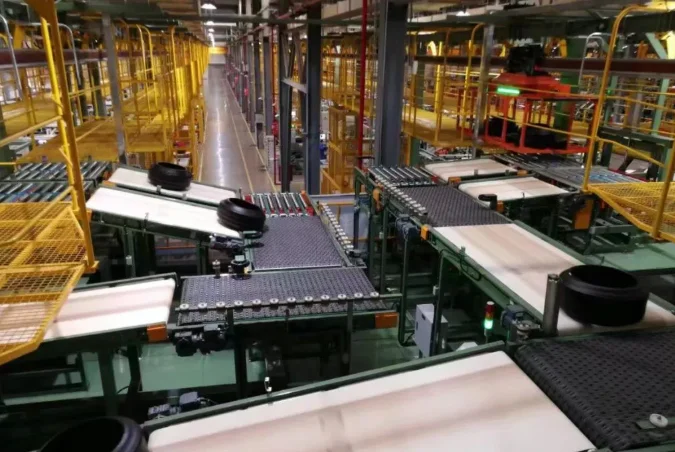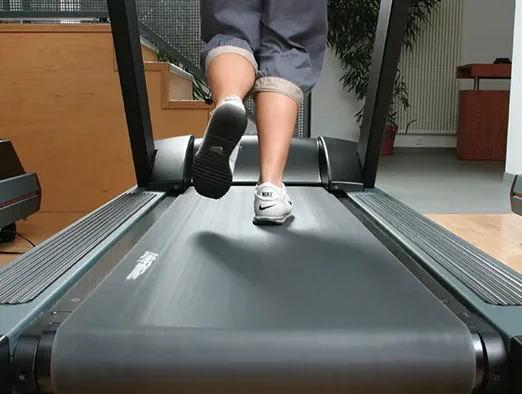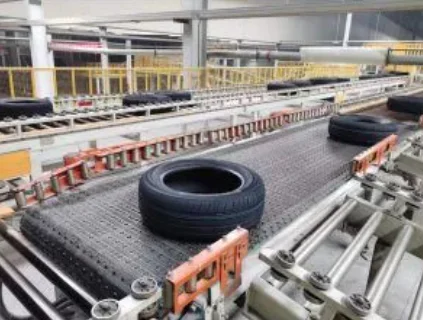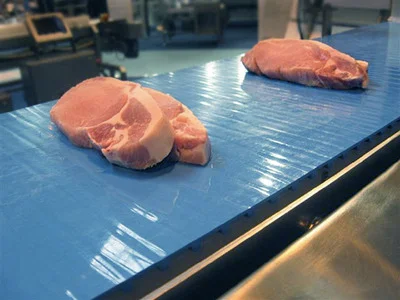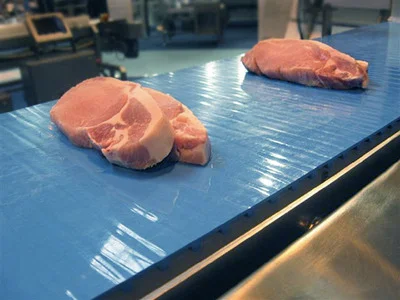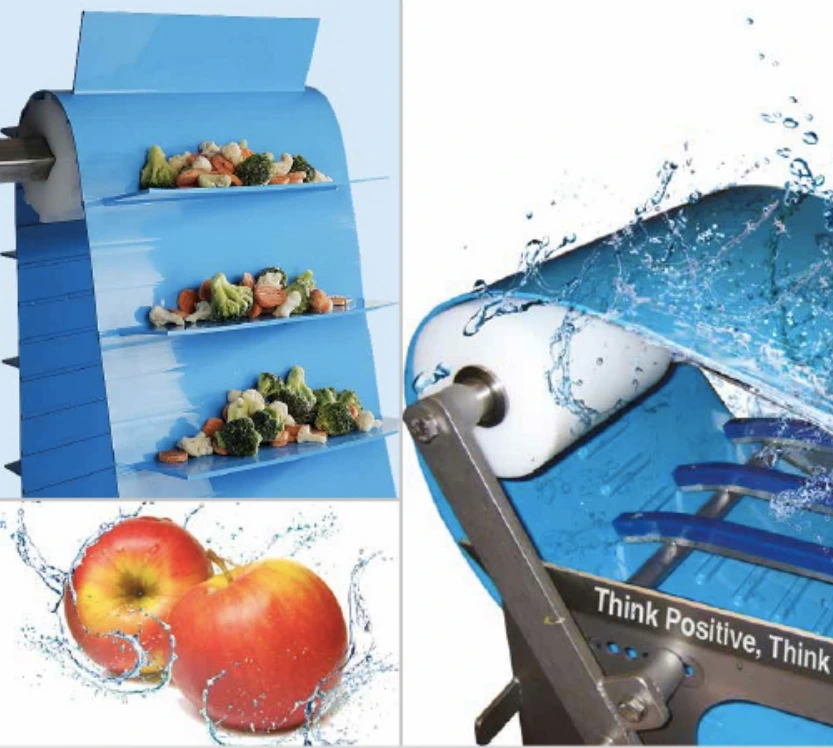Proper care of your treadmill belt is key to maintaining its performance, safety, and durability. Regular cleaning and tension adjustments help reduce friction and prevent motor strain. Uyang Belting produces premium belts using durable materials, including PVC, polyurethane, and TPE, featuring reinforced construction and anti-static properties that enhance their lifespan by 30-50%. Designed to fit various treadmill models, these belts deliver smooth operation while reducing maintenance needs. Watch for wear indicators like cracking, unusual noises, or slipping as signs it’s time for replacement. Uyang provides tailored solutions from residential to commercial-grade belts, all meeting industry standards with reliable support to keep your equipment running optimally for years.

Why Is Treadmill Belt Maintenance Crucial?
How Does the Treadmill Belt Affect Equipment Functionality?
The treadmill belt is a vital part of your treadmill. It significantly influences performance and durability. Its main role is to offer a smooth surface for walking or running. It also transfers the motor’s energy to enable movement. A well-kept belt reduces friction with the deck. This ensures efficient operation. It also minimizes wear on the motor and other parts. Neglecting maintenance increases stress on the system. It raises energy use and risks early equipment failure.
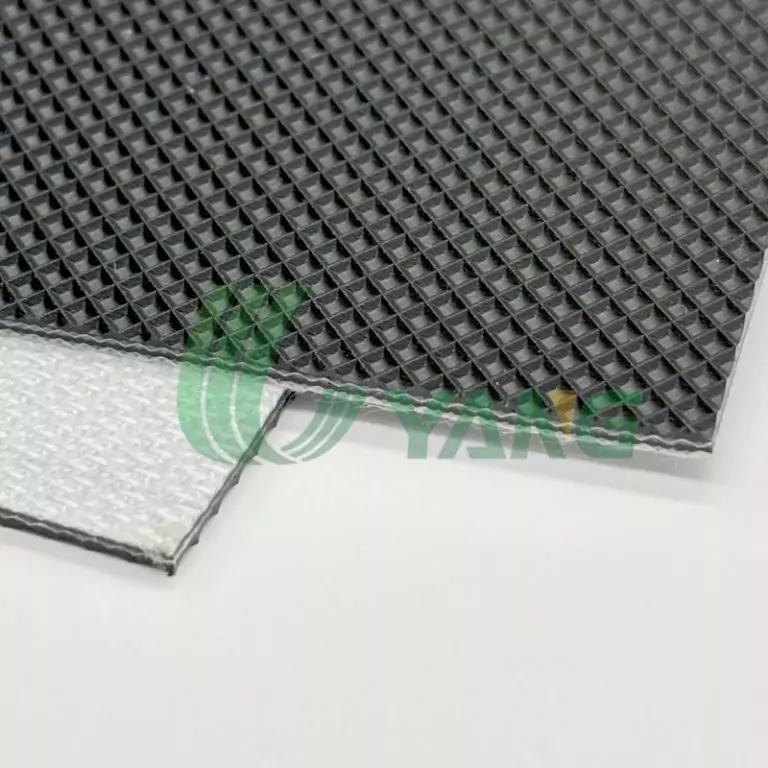
What Issues Arise from Neglecting Maintenance?
Poor upkeep of the treadmill belt can cause several problems. Dirt buildup increases friction. This leads to overheating and damage to the belt and deck. Incorrect lubrication or tension can cause uneven wear. It may also result in slippage or belt tearing. These issues harm performance. They also create safety hazards for users.
Best Practices for Treadmill Belt Care
How Often Should You Clean the Belt?
It’s important to clean your equipment to get rid of dust and sweat buildup that can damage the belt and deck over time.
What Are the Best Cleaning Methods?
Unplug the treadmill for safety. Use a soft cloth or vacuum to clear loose debris. For deeper cleaning, dampen a microfiber cloth with mild soap. Gently wipe the belt’s surface. Avoid excess water to protect electrical parts.
What Tools Are Best for Cleaning?
A vacuum with a brush attachment works well for tight spots under the treadmill. Microfiber cloths are great for wiping surfaces without scratches. For tough stains, use treadmill-specific cleaners from fitness stores.
Why Is Lubrication Key for Belt Longevity?
Lubrication lowers friction between the belt and deck. It ensures smooth operation. It also prevents excessive wear on both parts. Proper lubrication reduces motor strain. This boosts efficiency and extends motor life.
How Do You Choose the Right Lubricant?
Use lubricants suggested by the treadmill’s manufacturer. Most modern treadmills need silicone-based lubricants. These are compatible with belt and deck materials.
How Should You Apply Lubricant?
Unplug the treadmill first. Lift one side of the belt gently. Apply lubricant evenly along the underside. Use the applicator or nozzle provided. Rotate the belt manually to spread it evenly. Then, power on the machine.
How to Monitor and Adjust Belt Tension?
Proper tension prevents slippage and motor strain. Regular checks ensure optimal performance.
What Are Signs of Incorrect Tension?
Listen for unusual noises during use. Look for uneven wear on the belt. Noticeable slippage at higher speeds is another clue.
How Do You Adjust Tension Safely?
Check your treadmill’s manual for guidance. Locate tension screws at the deck’s ends. Turn them gradually while checking alignment. Aim for balanced tension—not too tight or loose.
How Uyang Belting Enhances Durability and Performance
Uyang Belting’s treadmill belts are designed with precision. They optimize performance in tough conditions. Their multi-layer structure includes reinforced fabric cores. These prevent stretching while staying flexible. This balance is key for shock absorption in intense workouts. The design offers 30-50% longer life than standard belts. It reduces replacement frequency and downtime for gyms and home users.
Features of Uyang Belting’s Premium Treadmill Belts
Materials Built for Durability and Smooth Performance
The materials in treadmill belts greatly affect their longevity and function. These belts use advanced polymers like PVC, polyurethane, and TPE. Polyurethane belts are valued for low friction and high durability. They’re ideal for long-term use. Anti-static and wear-resistant features ensure smooth operation. They reduce friction with the deck and ease motor strain.
These materials also ensure quieter operation. This creates a comfortable workout space. The belts undergo strict quality checks. They meet global standards like ISO 9001:2015. This ensures they handle heavy use while maintaining performance.
Compatibility Across Treadmill Models
These belts fit a wide range of treadmill models. They work for both commercial and home units. Customization ensures they meet specific sizes and needs. With over 200 surface patterns, they cater to diverse user preferences.
This versatility simplifies finding a replacement. It ensures efficient operation regardless of treadmill brand. The belts also integrate with modern treadmill technologies. This enhances user experience and equipment performance.
Why Experts Trust Uyang Belting for Maintenance
Experts stress the value of quality components for fitness equipment. These belts excel due to their sturdy build and innovative design. They meet standards like FDA and EU certifications for safety. Over 20 years of manufacturing expertise backs their reliability. Choosing these products extends treadmill life. It also ensures steady performance.
The belts include a 12-month quality guarantee. Lifetime technical support adds peace of mind. Their customer-focused service makes them a top choice for fitness professionals.
When to Replace Your Treadmill Belt and How Uyang Belting Helps
Subtle performance changes often signal belt wear before visible damage. A healthy belt maintains steady tension. It runs smoothly without jerking. As the belt weakens, users may notice speed variations. A “dragging” feel during workouts is another sign. These hint at reduced friction resistance and strength. They’re key indicators for timely replacement.
Signs Replacement Is Needed
Wear and Tear on the Belt Surface
Even durable belts show wear over time. Check for cracks or frayed edges. Uneven surfaces also signal issues. These affect performance and safety. Regular checks catch problems early.
Discoloration or glazing on the belt’s underside is another clue. This often comes from friction heat due to poor lubrication or extended use.
Changes in Performance or Noise
Sudden noise increases during use suggest issues. They may point to misalignment or excess friction. Performance drops, like slippage or inconsistent speed, also indicate replacement needs.
Ignoring these can cause motor damage. It may also raise energy costs and repair expenses.
Choosing the Right Replacement from Uyang Belting
Picking the right belt restores treadmill efficiency. Uyang Belting offers diverse options. Lightweight PVC belts suit home treadmills. Heavy-duty rubber belts are ideal for commercial settings. Specialty patterns improve grip and reduce slippage. They match various workout intensities.
Quick delivery and after-sales support ensure smooth replacements. Remote diagnostics further enhance service. These keep your treadmill running efficiently.
FAQs
Q1. What are the signs that my treadmill belt needs replacing?
A: Look for cracks, frayed edges, or increased noise. Slippage or performance issues are also signs.
Q2. How do I ensure a replacement belt fits?
A: Measure your current belt’s size accurately. Choose customizable options from Uyang Belting.
Q3. Can I install a new belt myself?
A: Installation guides are provided. However, professional help is advised for proper alignment and tension.

